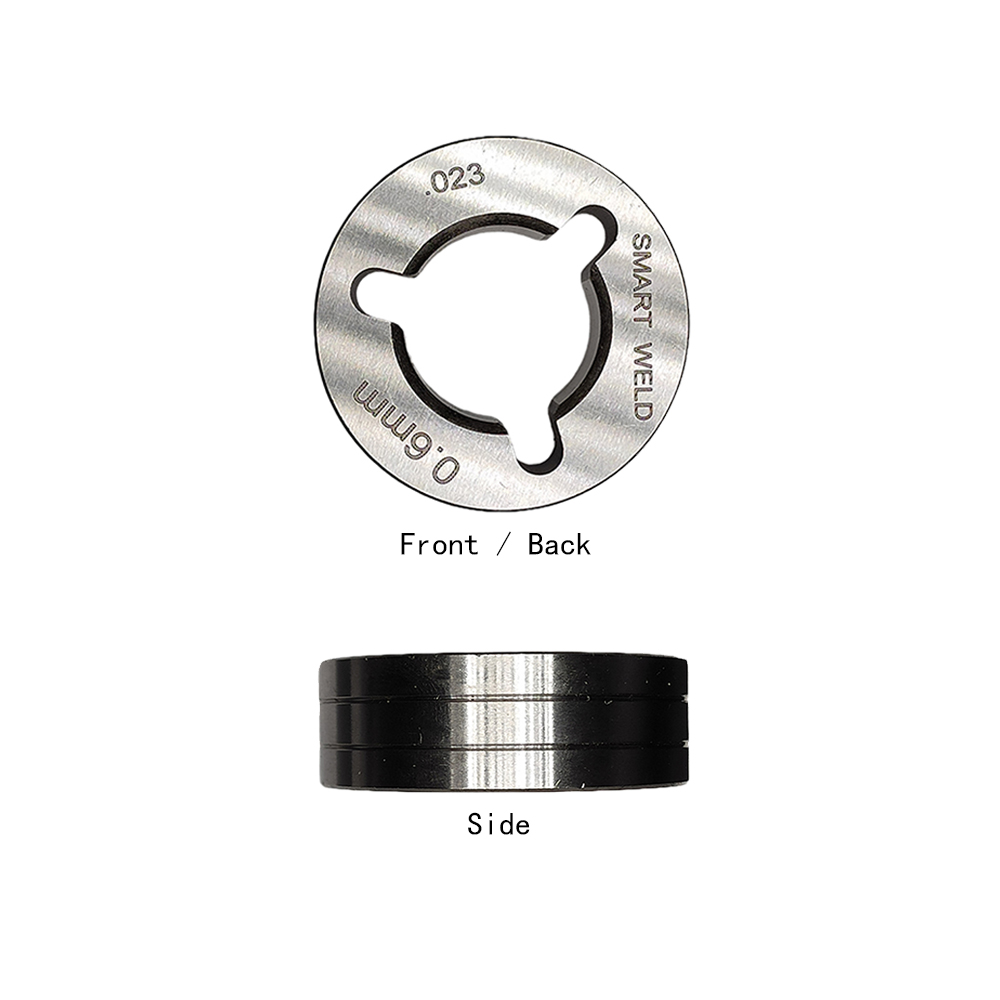Understanding Drive Rolls: The Essential Guide for Welding Professionals
Drive rolls, also known as feed rollers or wire feed rolls, are critical components in welding systems. They are responsible for feeding welding wire from the spool to the welding torch, ensuring consistent wire delivery, which directly impacts welding quality. In this guide, we’ll explore everything you need to know about drive rolls, including their types, applications, and how to choose the right ones for your welding needs.
What Are Drive Rolls?
Drive rolls are mechanical components designed to precisely guide welding wire from the spool through the feed mechanism to the welding gun. This consistent feeding process is vital for maintaining arc stability and producing high-quality welds. They come in different materials, sizes, and configurations depending on the welding process and wire type being used.
Types of Drive Rolls
There are several types of drive rolls, each suited to different welding wires and applications. Here are the main types you may encounter:
- V-Groove Drive Rolls: These are designed for solid welding wires. Their v-shaped groove securely guides the wire, providing excellent grip without causing deformation.
- U-Groove Drive Rolls: Best for softer wires such as aluminum, U-groove drive rolls help prevent crushing or deforming the wire while providing reliable feeding.
- Knurled Drive Rolls: These are used for flux-cored wires, which can be more challenging to feed consistently. The knurled surface enhances grip without damaging the wire’s flux core.
- Flat Drive Rolls: Typically used with hard-surfacing wires, these drive rolls offer a flat feeding surface to accommodate specialized welding applications.
How to Select the Right Drive Rolls
Selecting the appropriate drive rolls is crucial to avoid feeding issues and to maintain weld quality. Here are some factors to consider:
- Wire Type: Different types of wire, such as solid, flux-cored, or aluminum, require specific drive roll profiles to ensure effective feeding.
- Wire Diameter: The size of your welding wire determines the corresponding size of the drive roll grooves.
- Material Compatibility: Ensure that the drive roll material is compatible with the welding wire to prevent excessive wear and tear.
Common Applications of Drive Rolls
Drive rolls are used across a variety of welding applications, including automotive manufacturing, construction, heavy equipment repair, and pipeline welding. Their importance cannot be overstated, as improper feeding can lead to burnbacks, erratic arc behavior, and poor weld quality, especially in industrial settings.
Maintenance Tips for Drive Rolls
To keep your welding operations running smoothly, it’s important to maintain your drive rolls regularly:
- Clean Regularly: Accumulated dust or wire particles can affect performance. Cleaning the drive rolls ensures optimal grip.
- Check for Wear: Worn-out grooves can lead to inconsistent feeding. Replacing drive rolls when they show signs of wear will help maintain weld quality.
- Adjust Tension Correctly: Adjusting the tension is crucial. Too much pressure may damage the wire, while insufficient pressure can cause slippage.
Conclusion
Drive rolls are an indispensable part of welding operations, ensuring a stable and consistent welding process. Understanding the different types, selecting the right one for your application, and maintaining them properly can make a significant difference in welding quality and productivity. For welding professionals looking to optimize their process, using the right drive rolls is a small change that can have a big impact.
For more detailed information on drive rolls and how to optimize your welding performance, feel free to explore the rest of our site or contact our support team for expert guidance.

